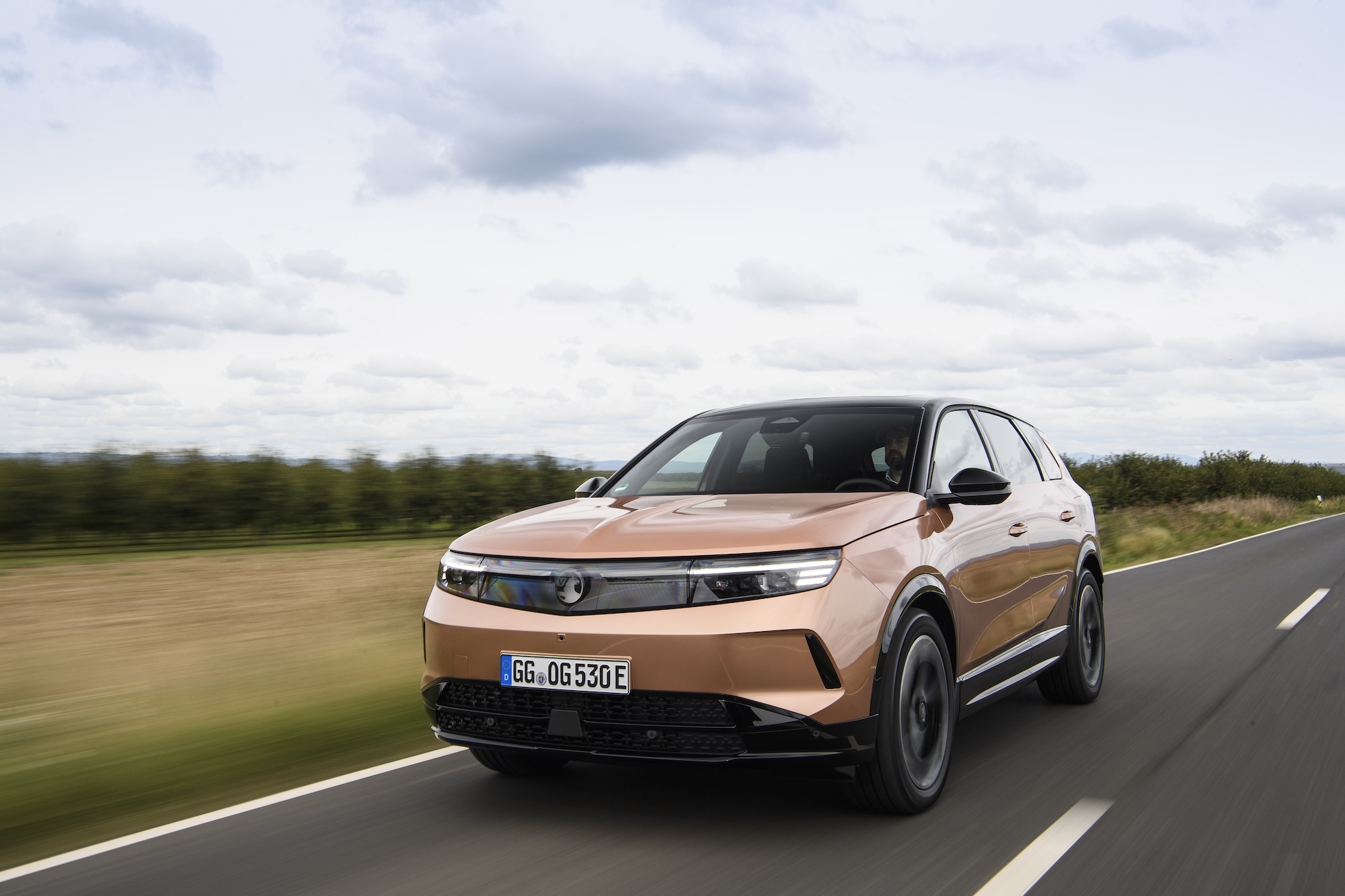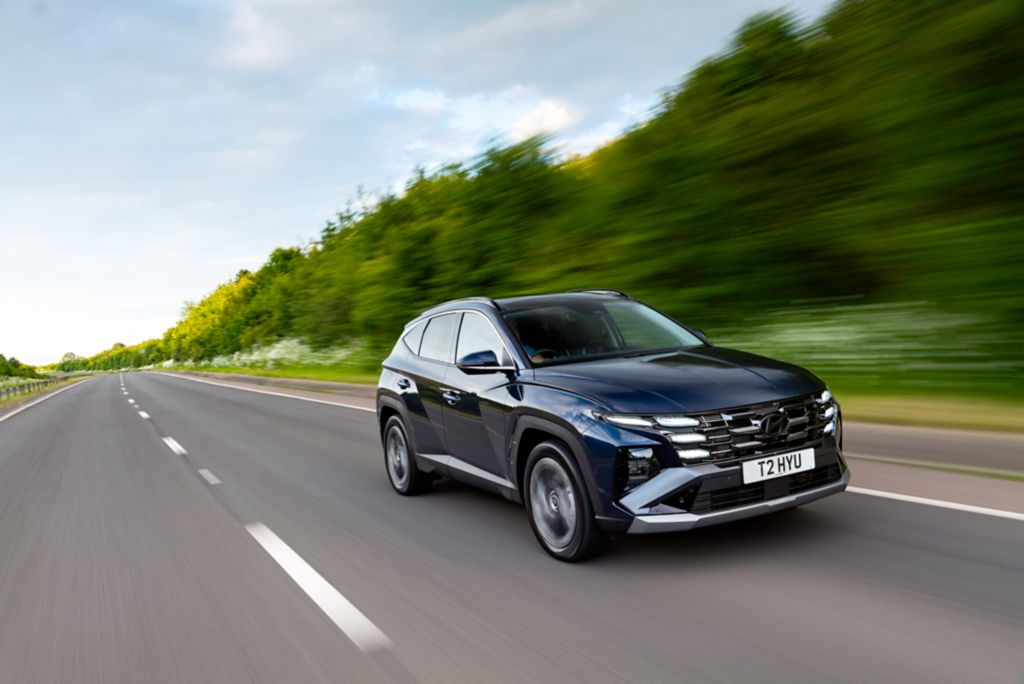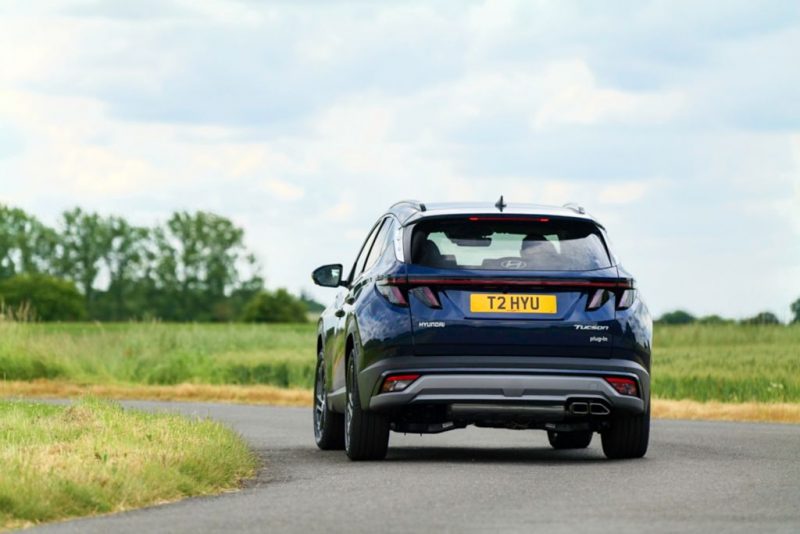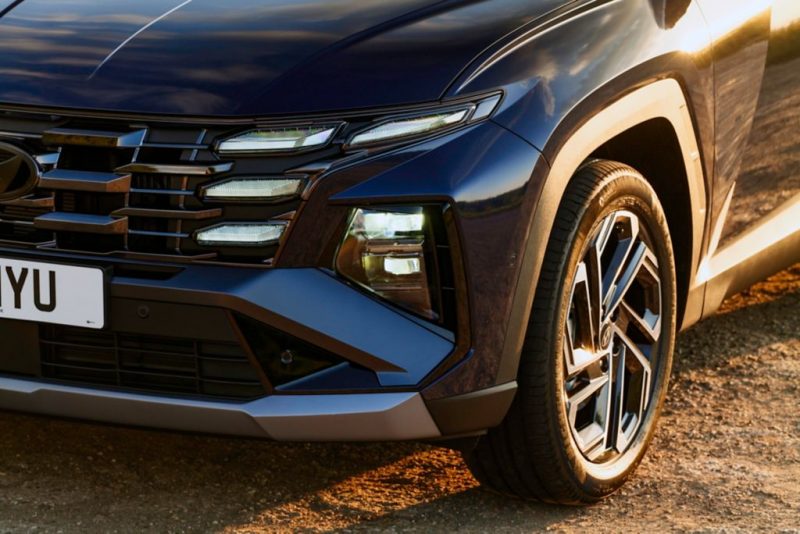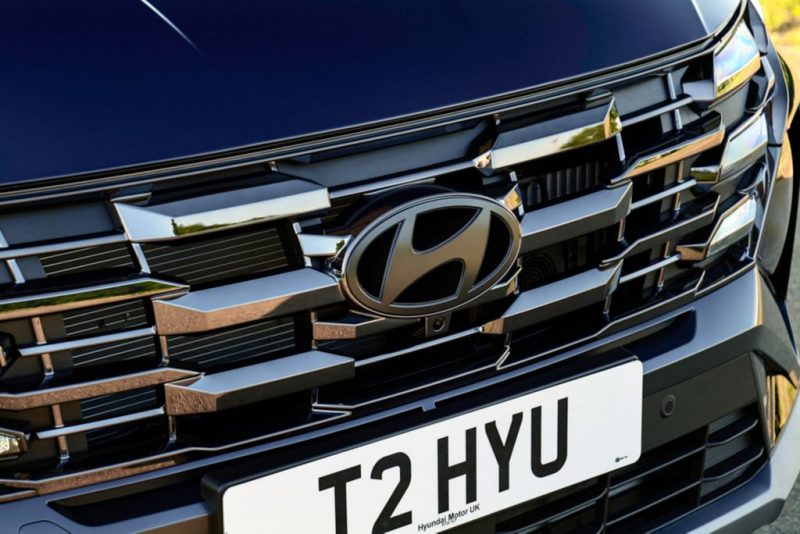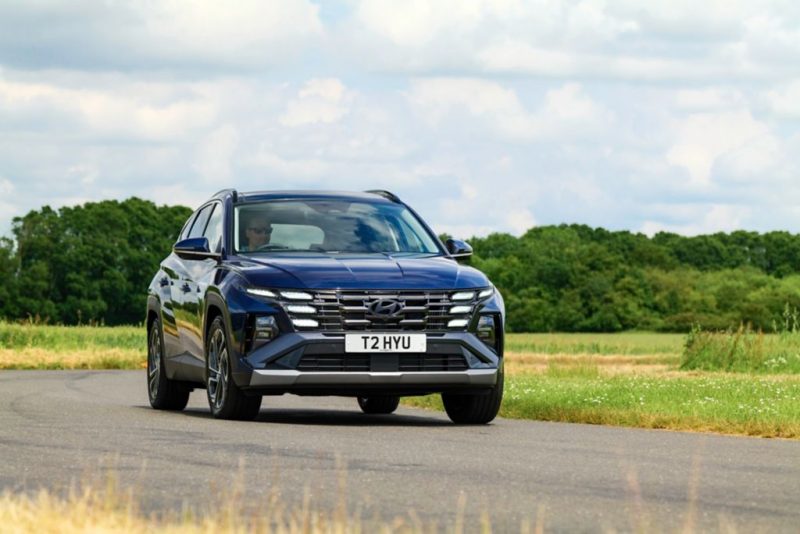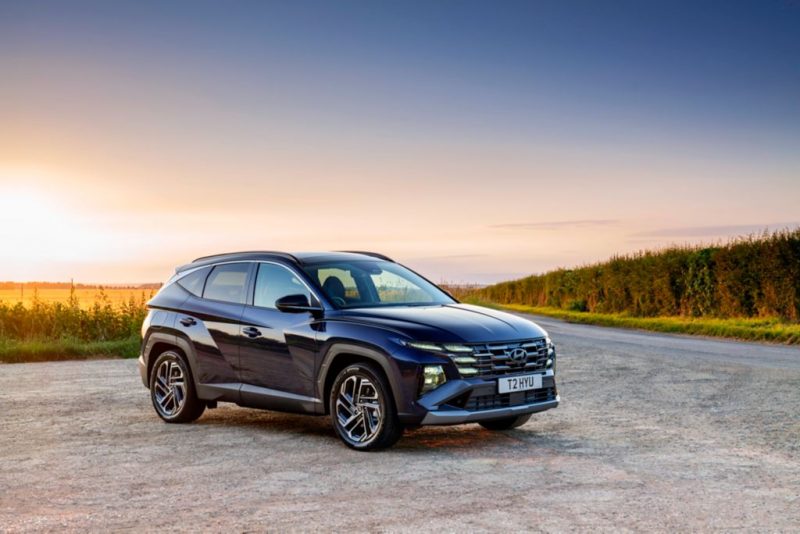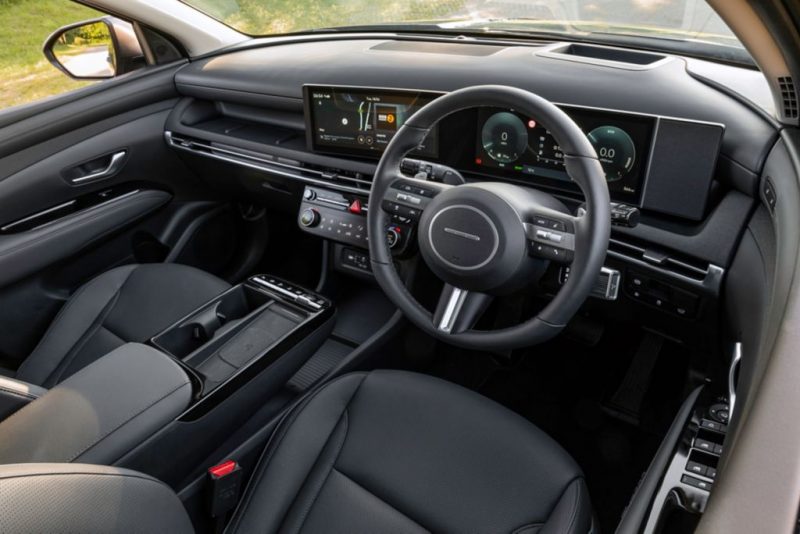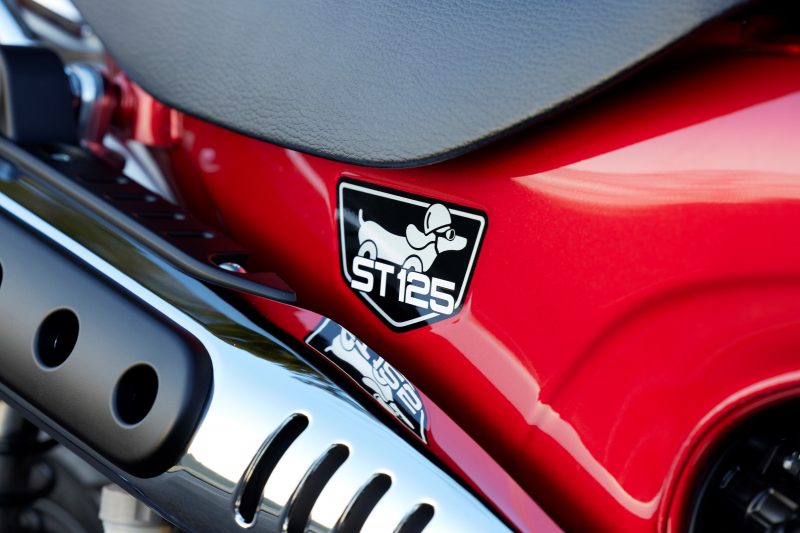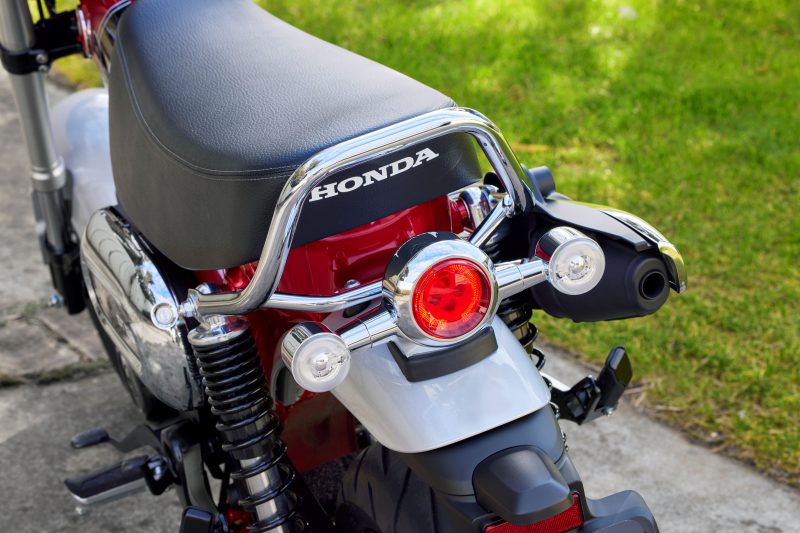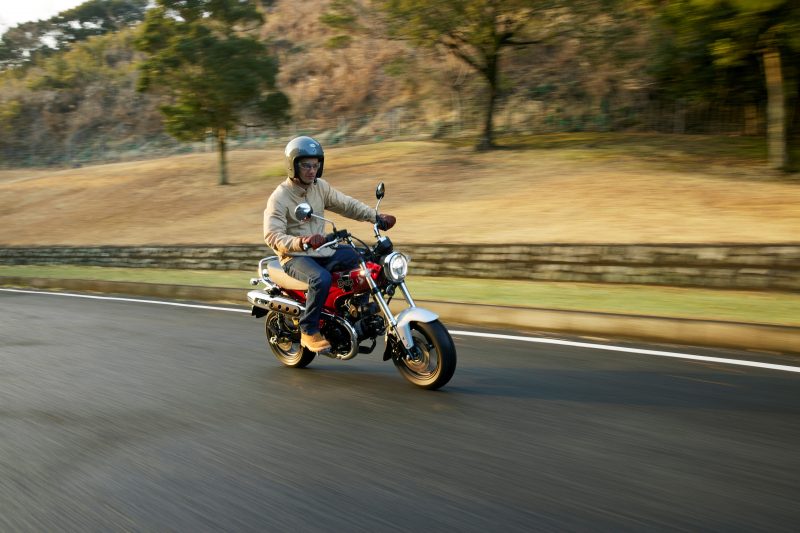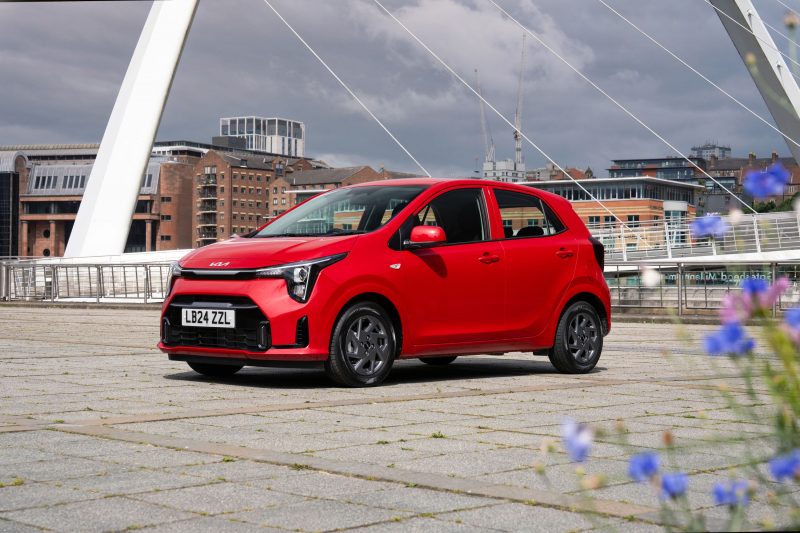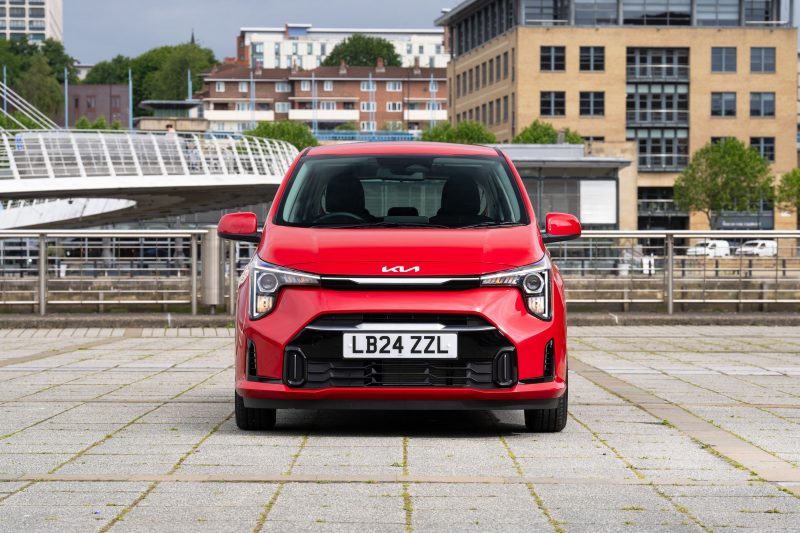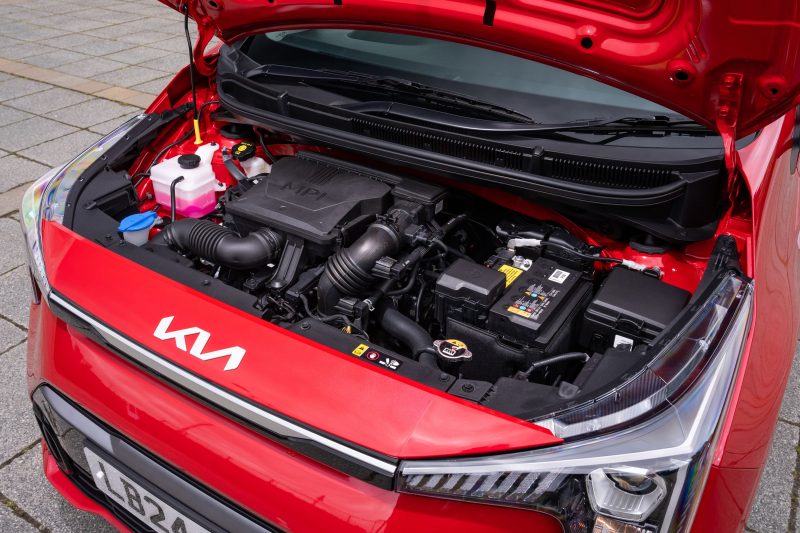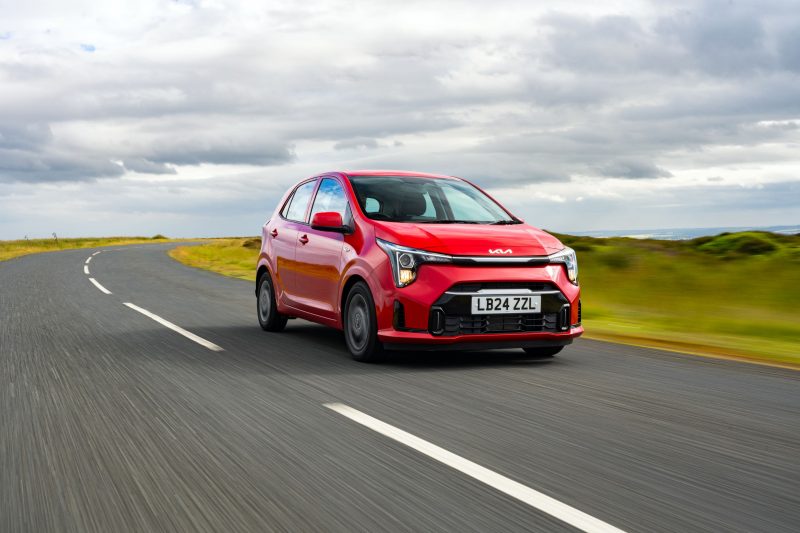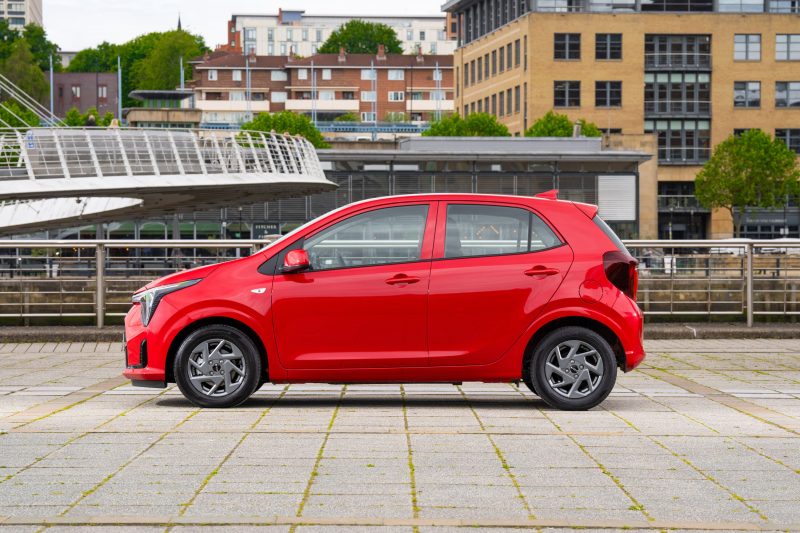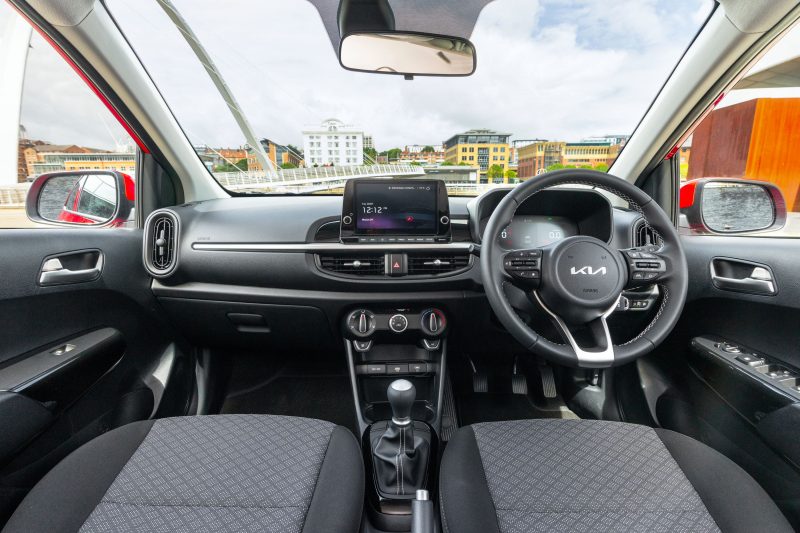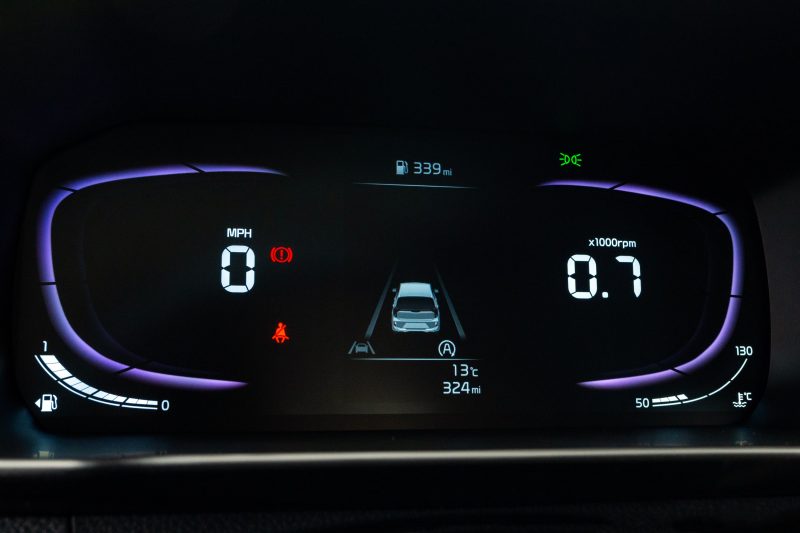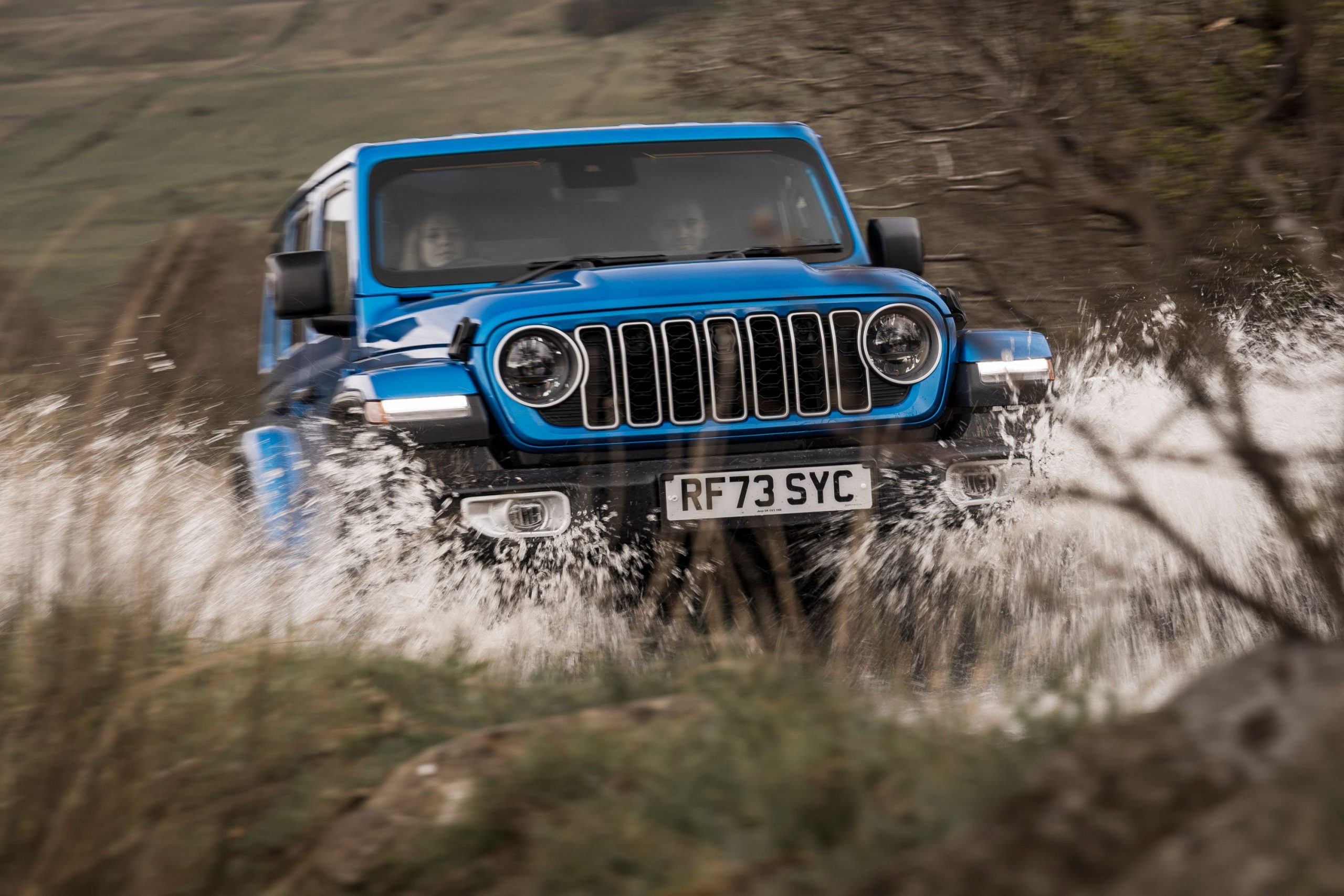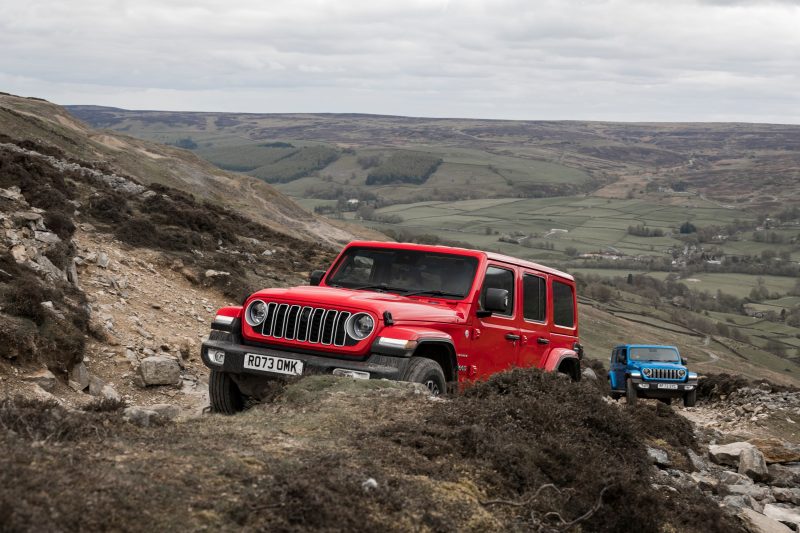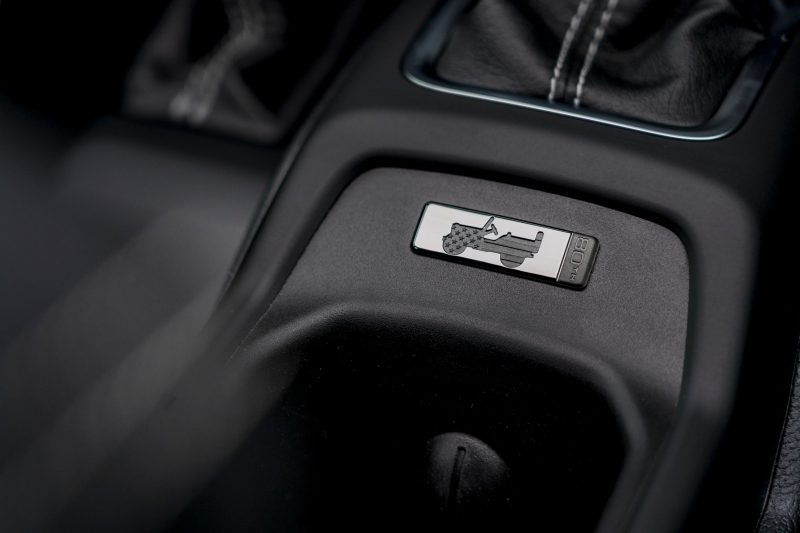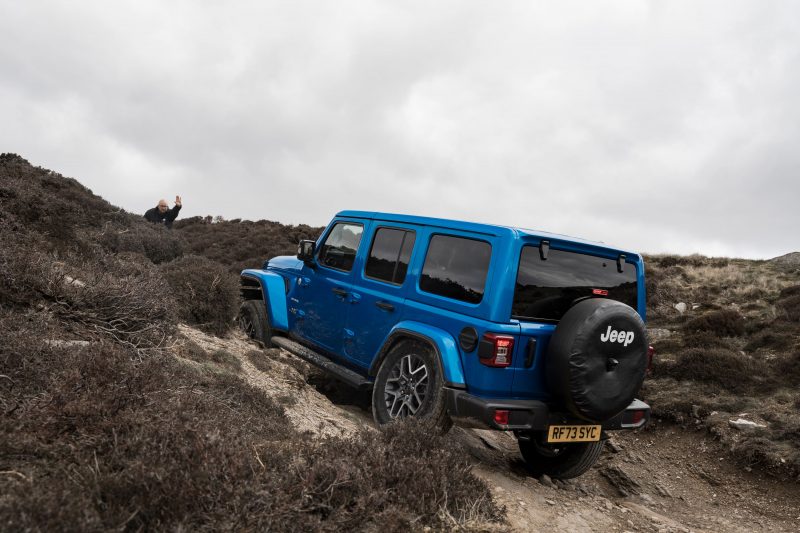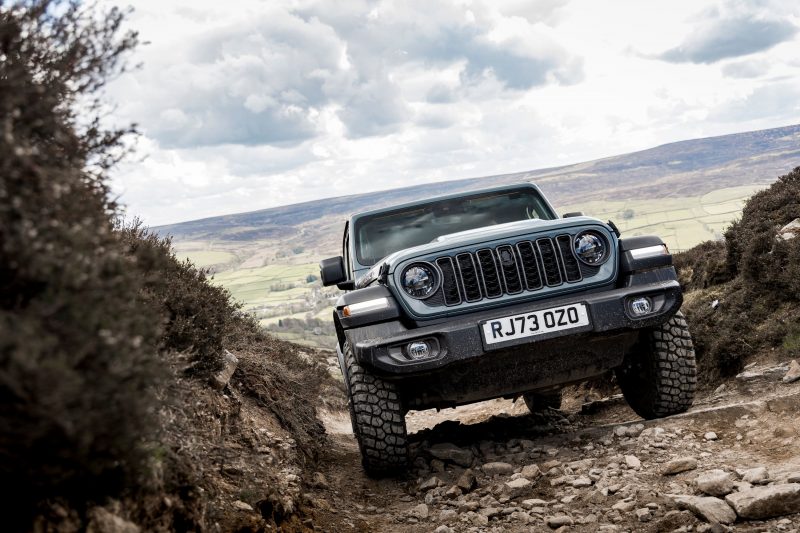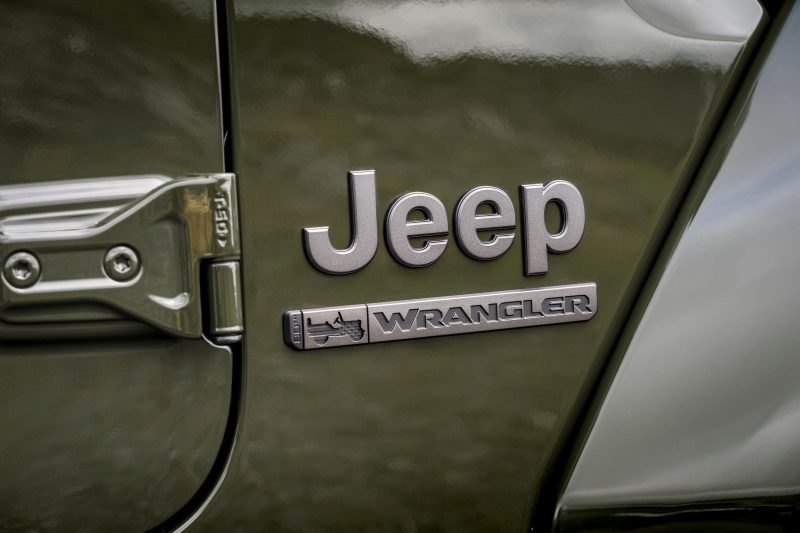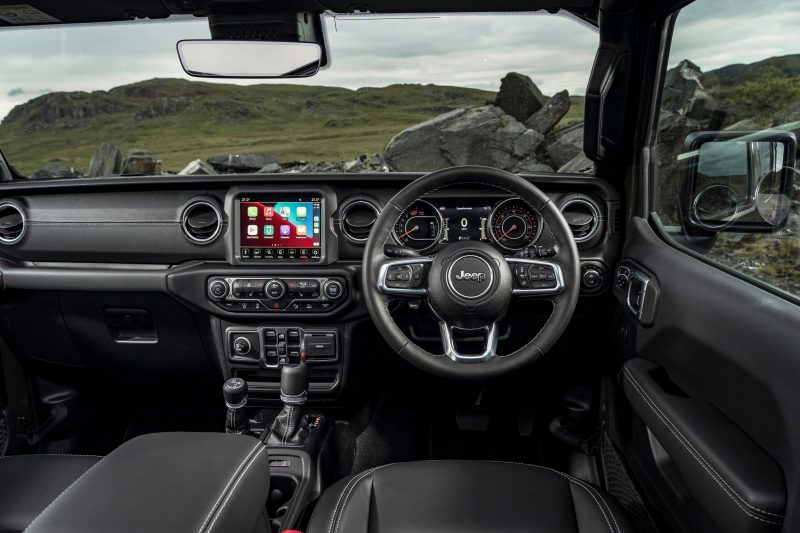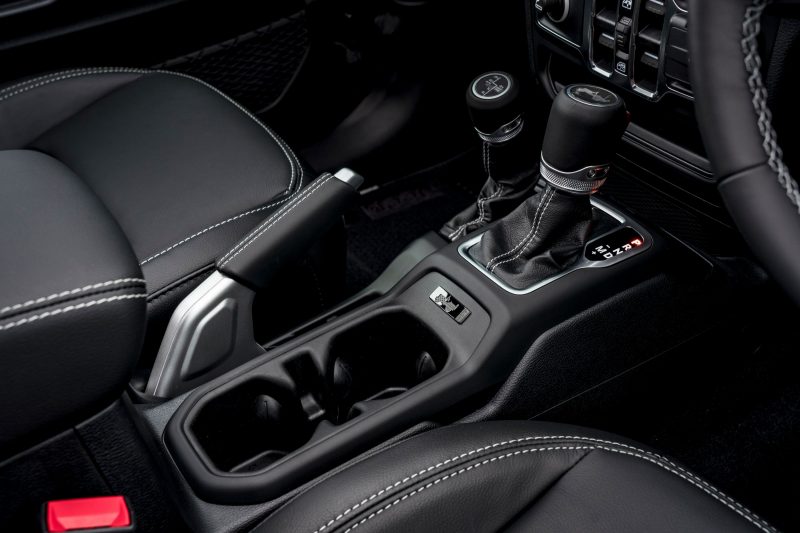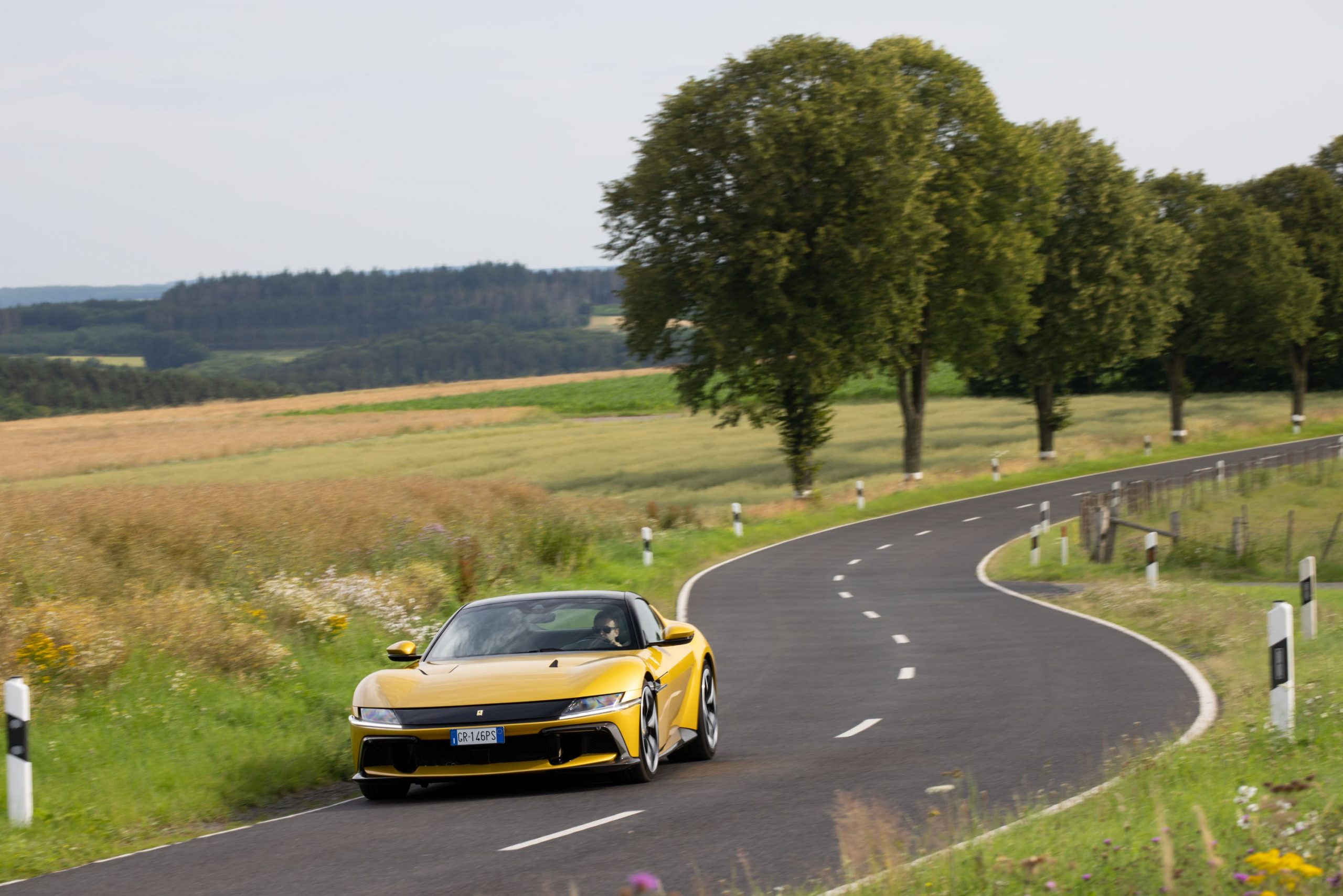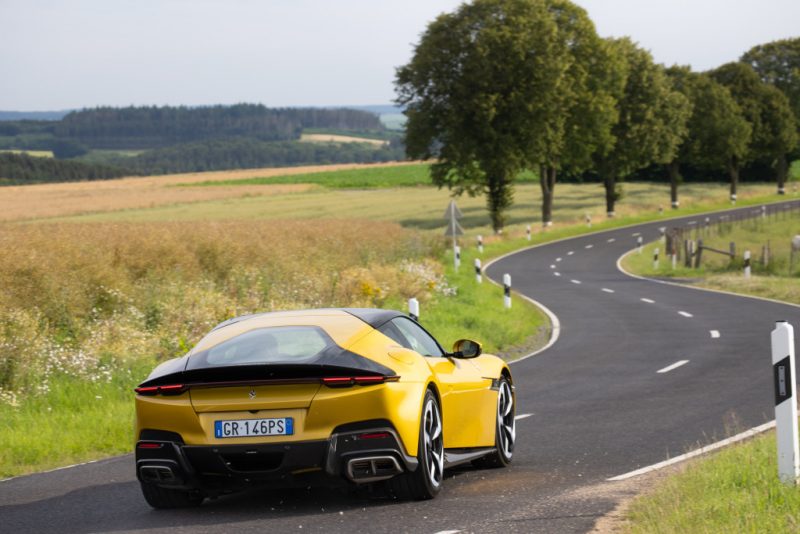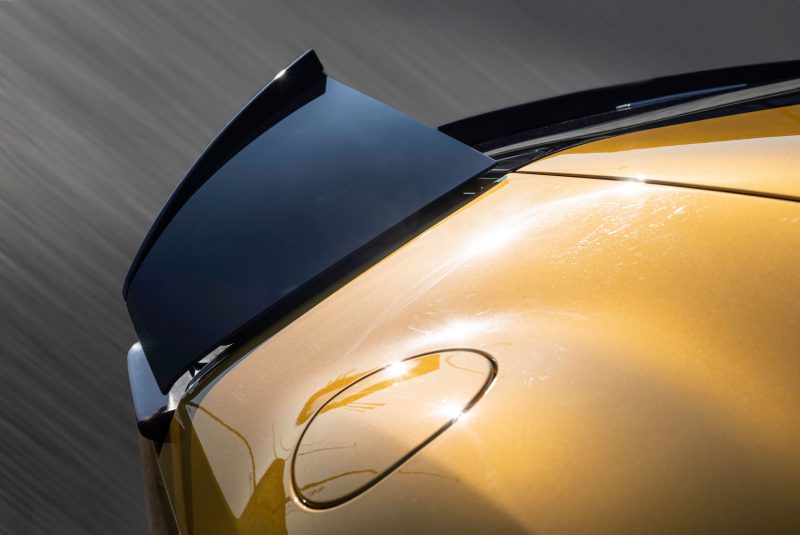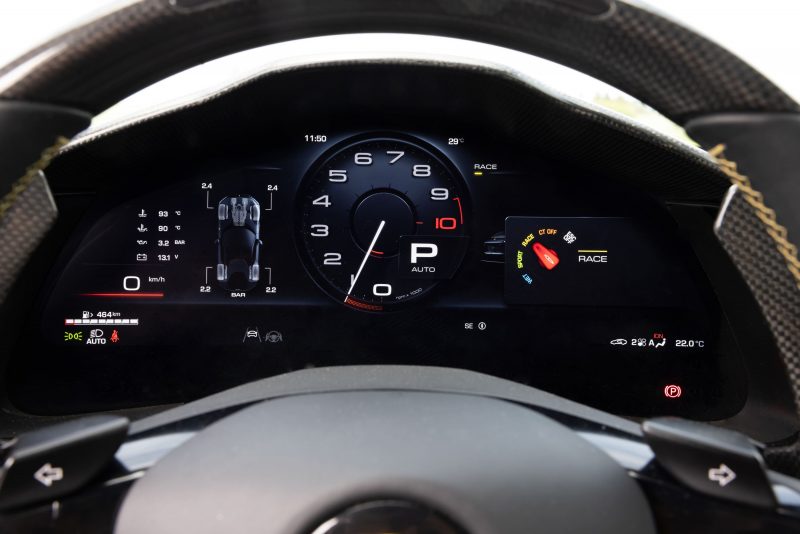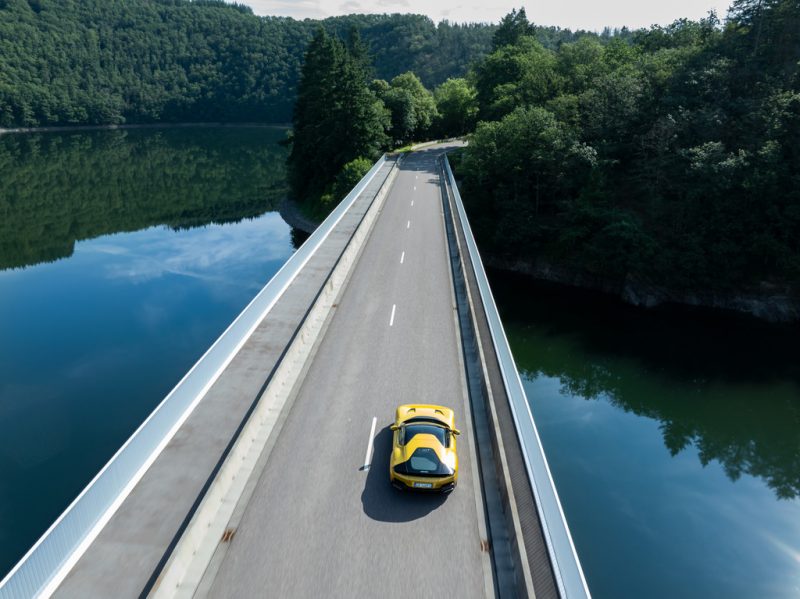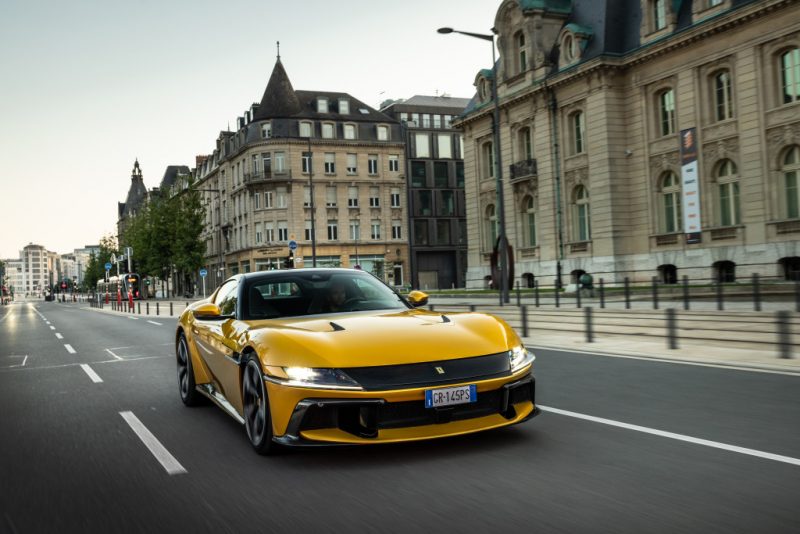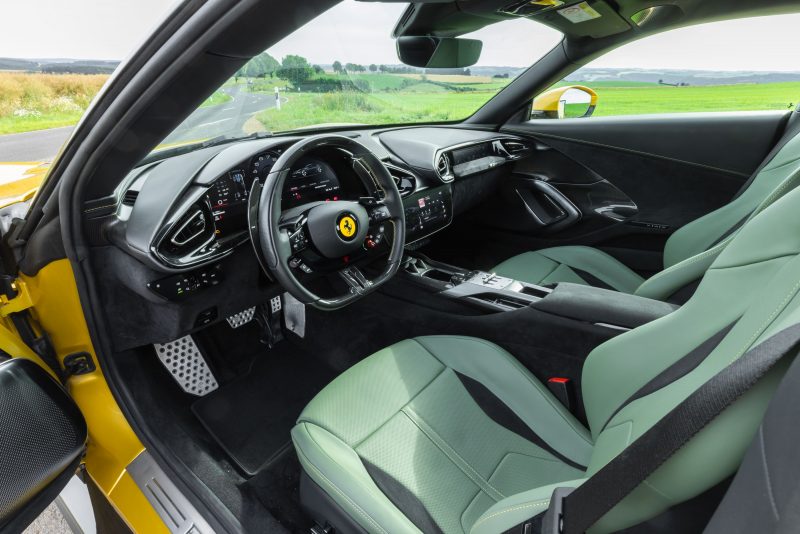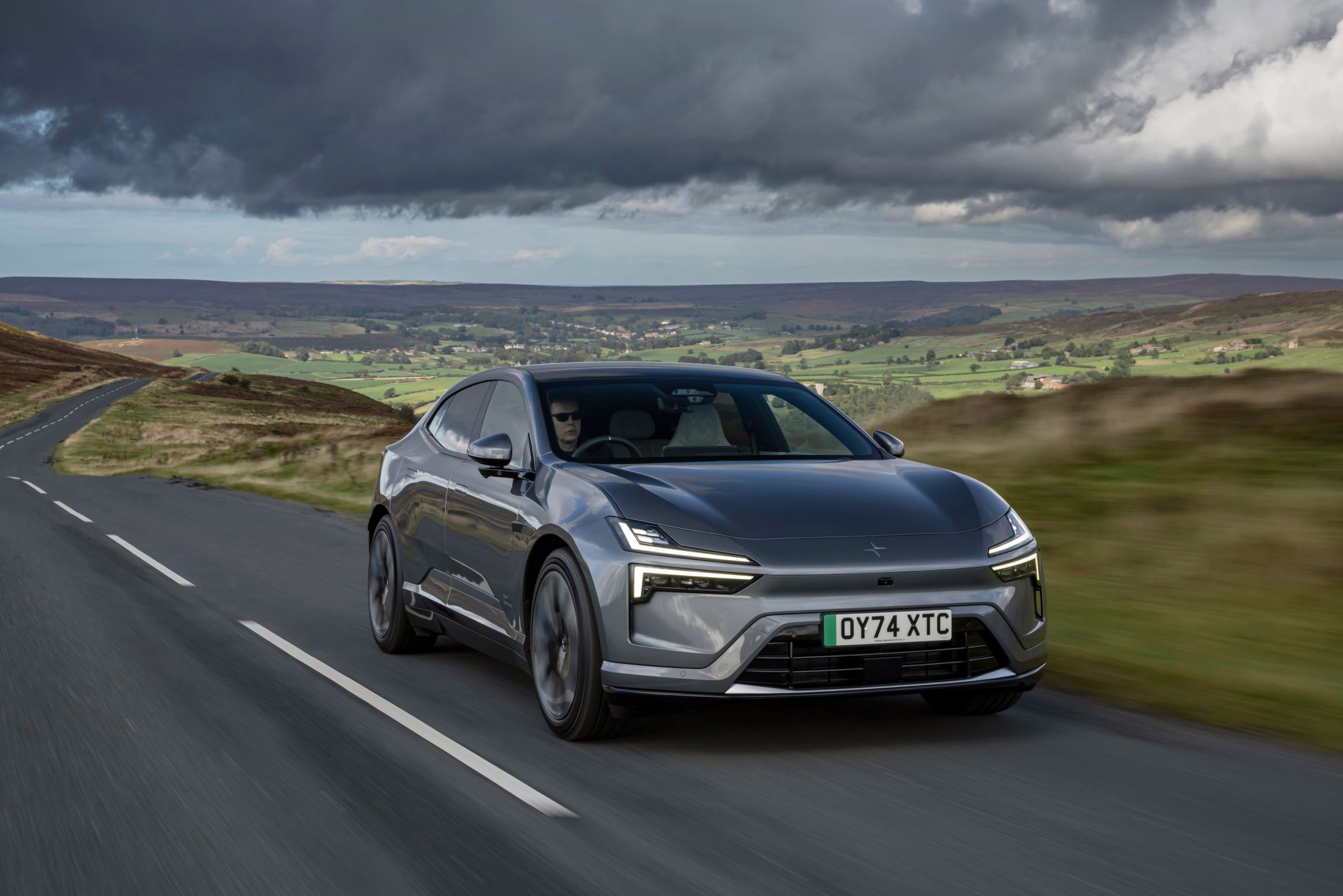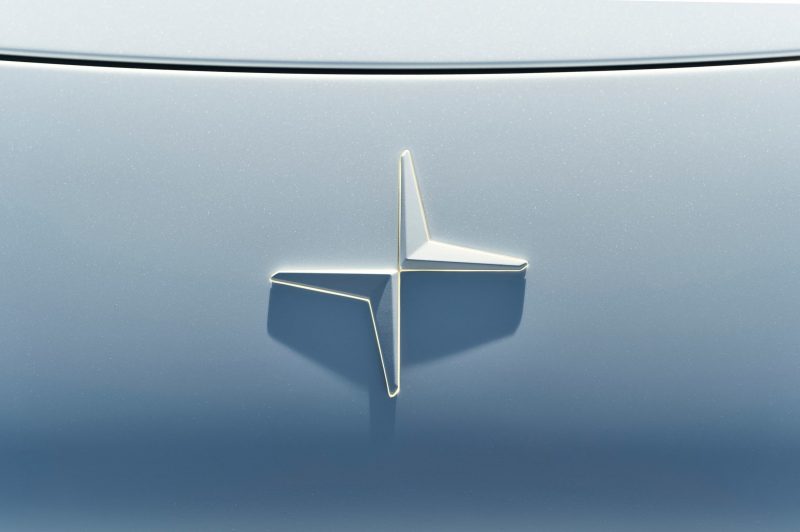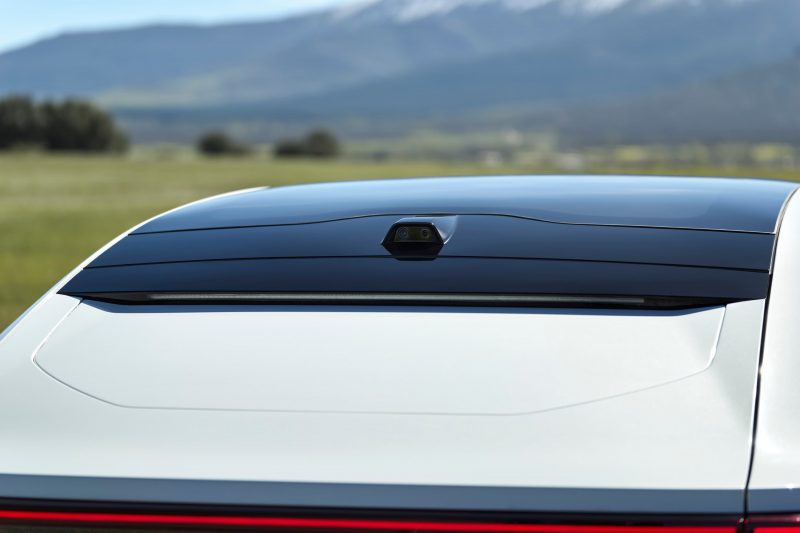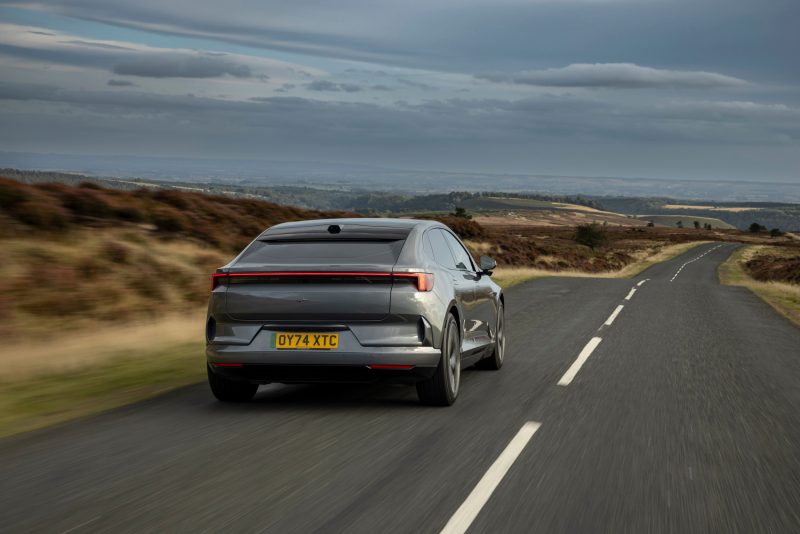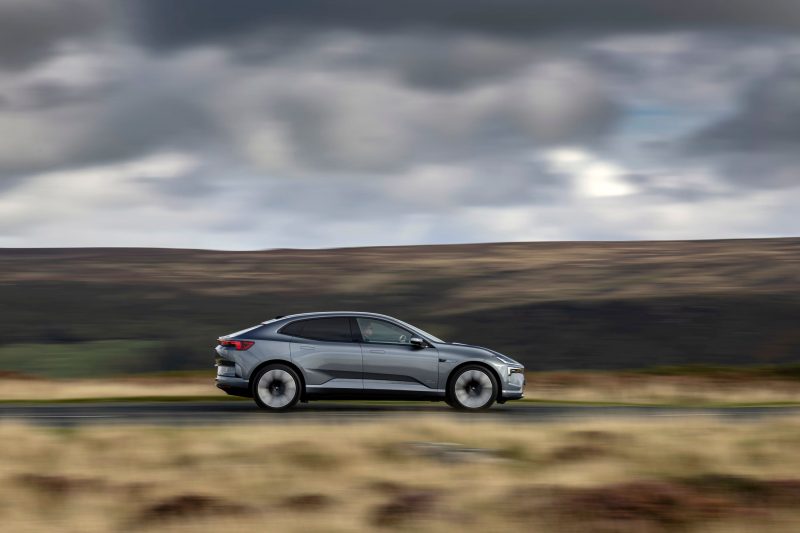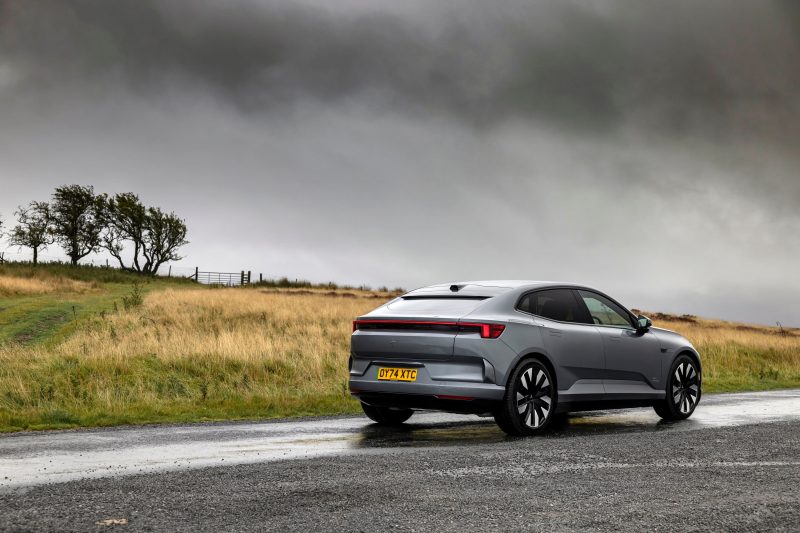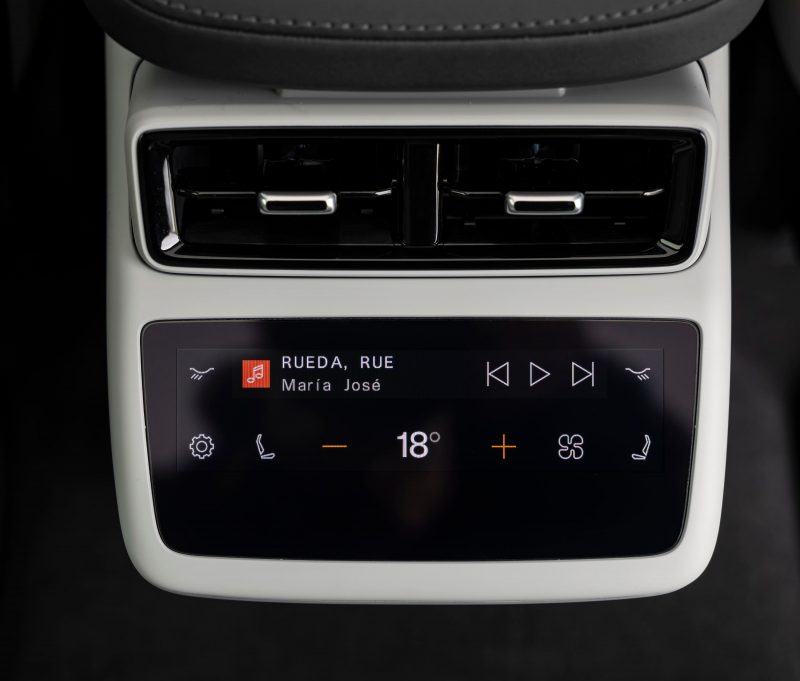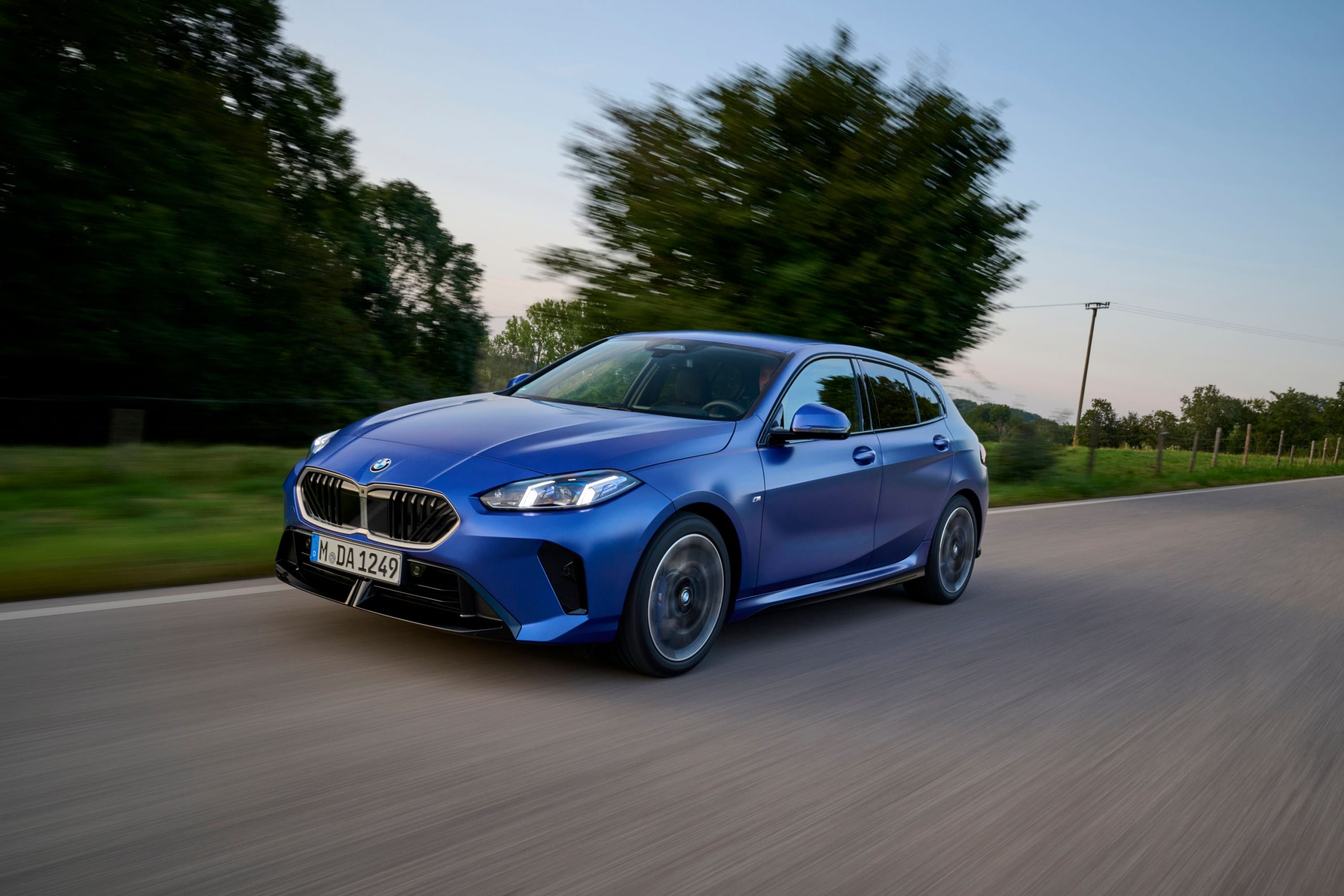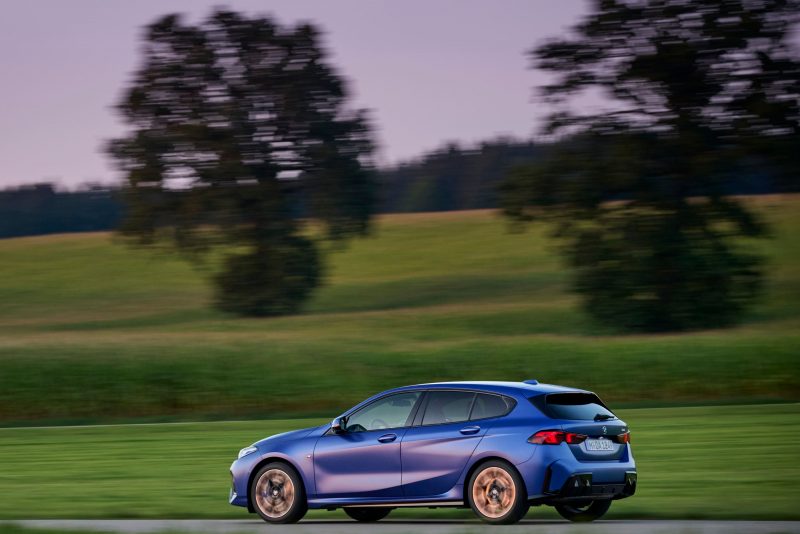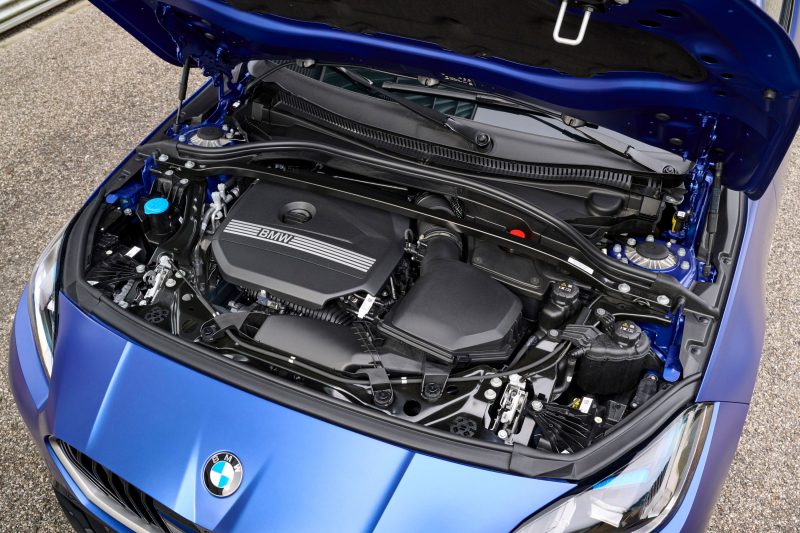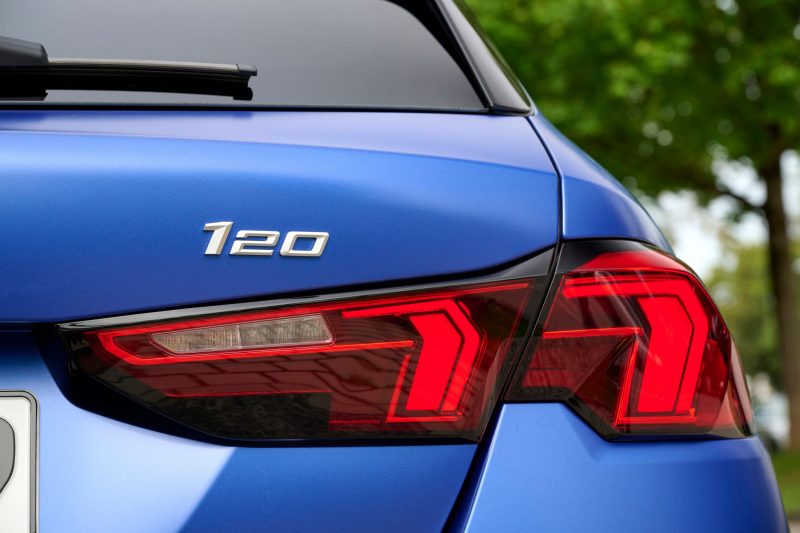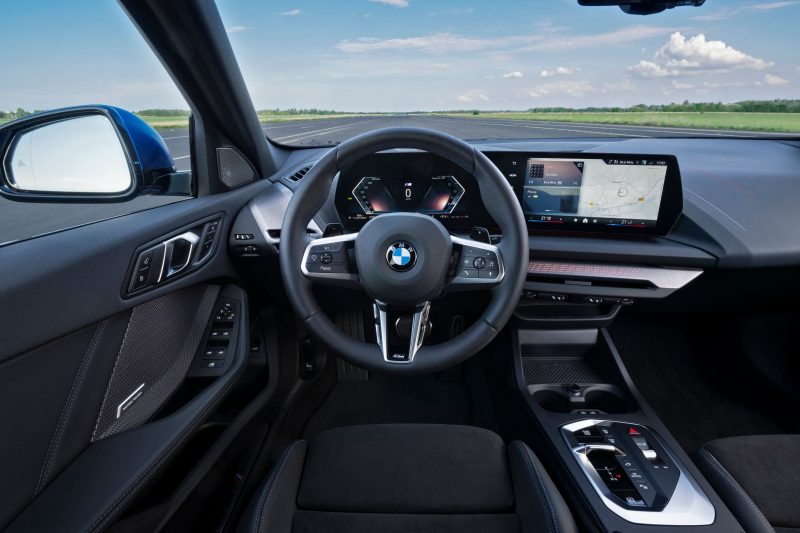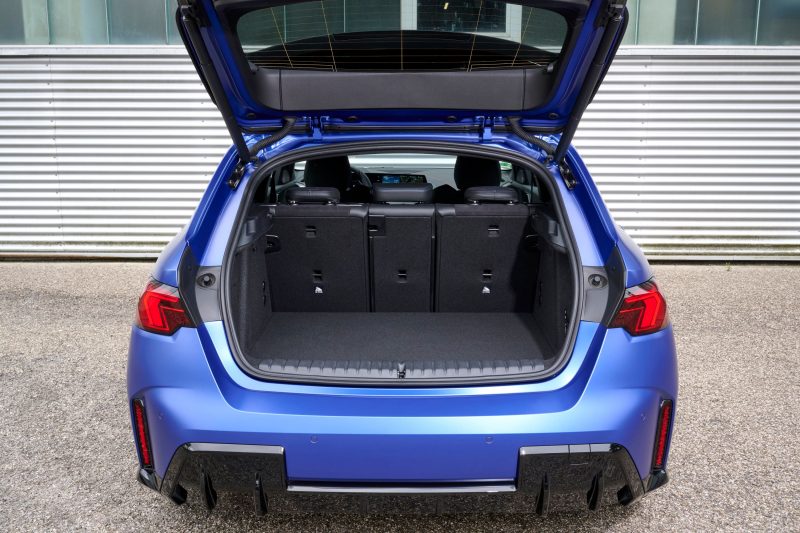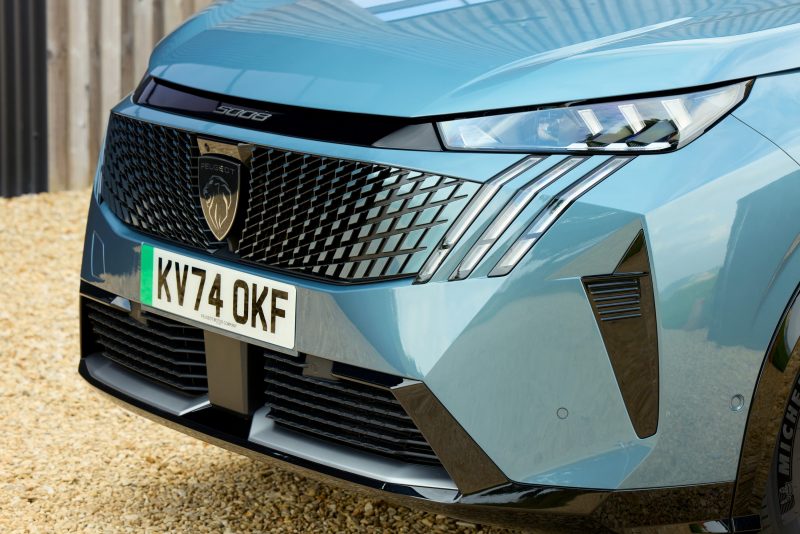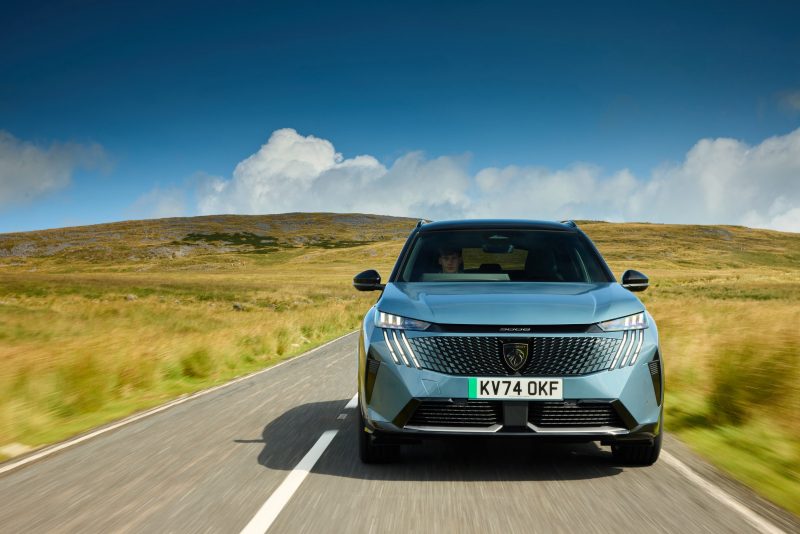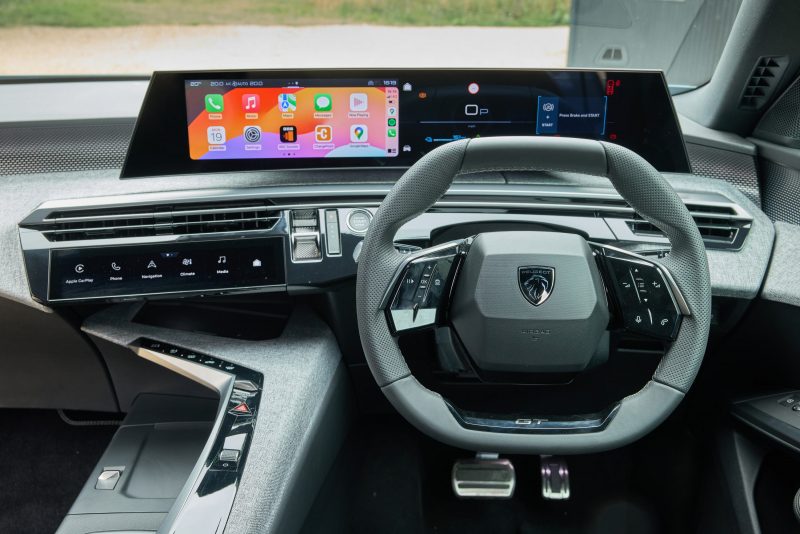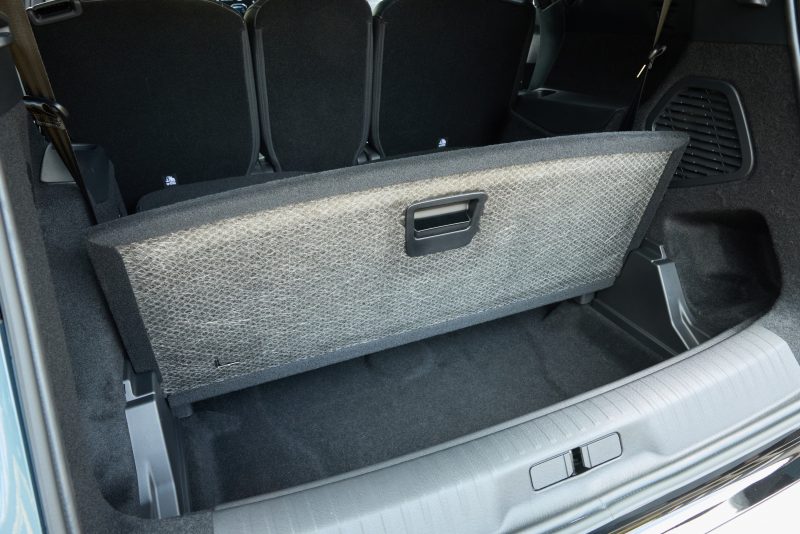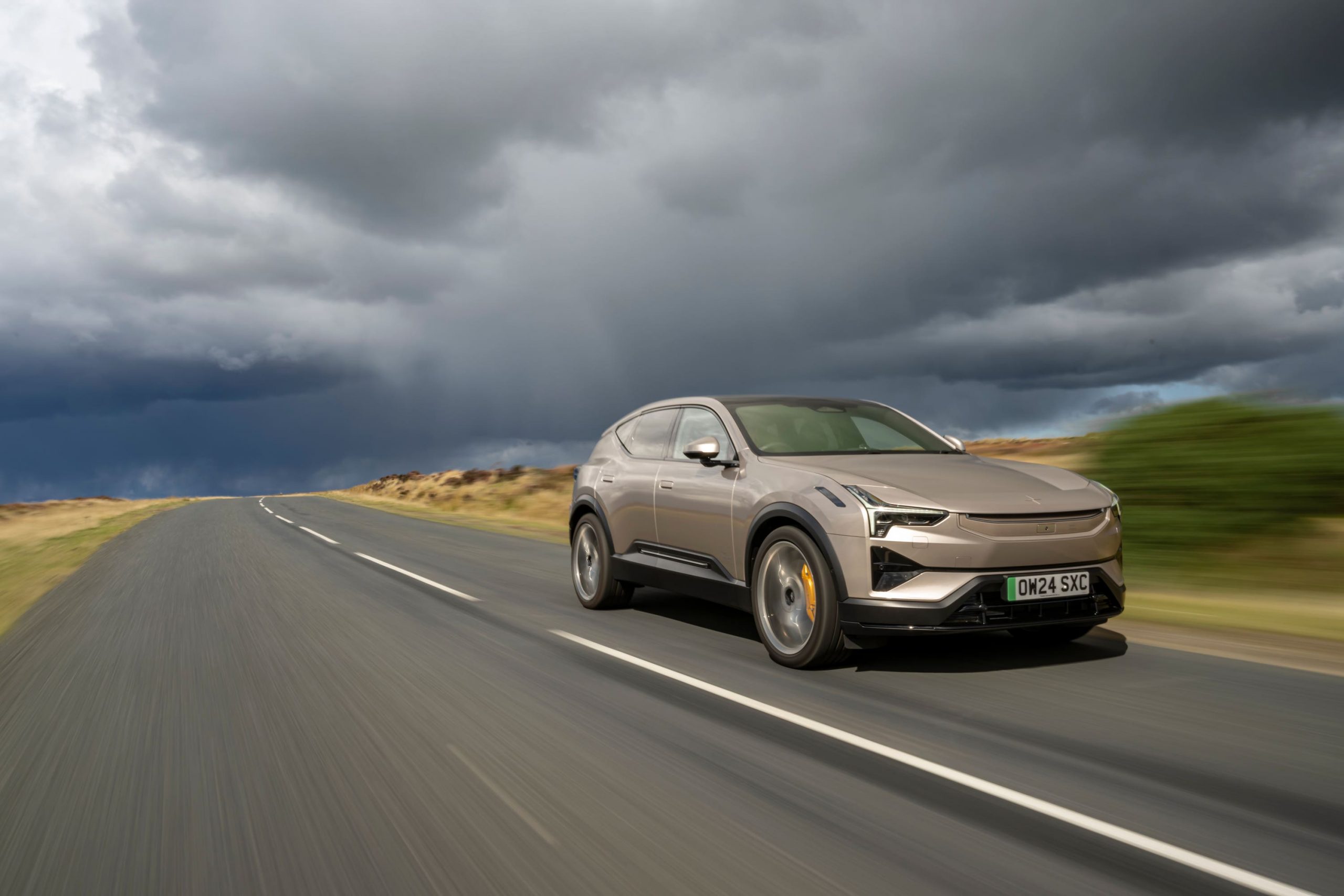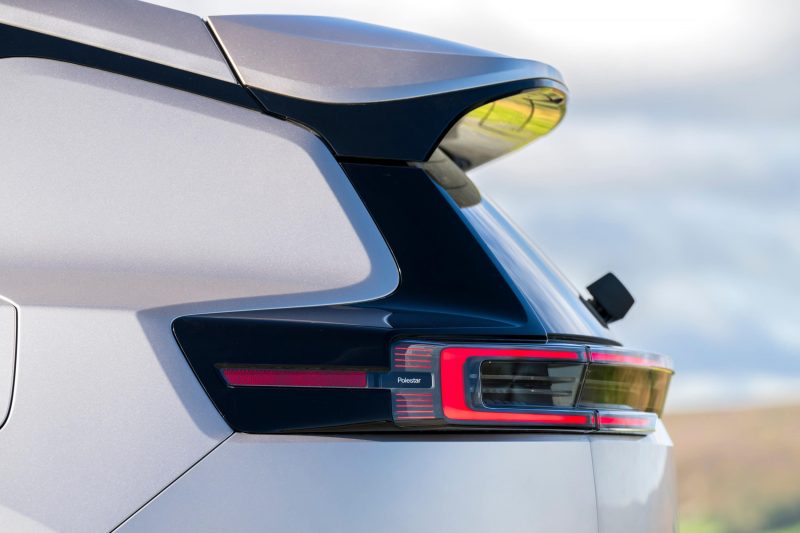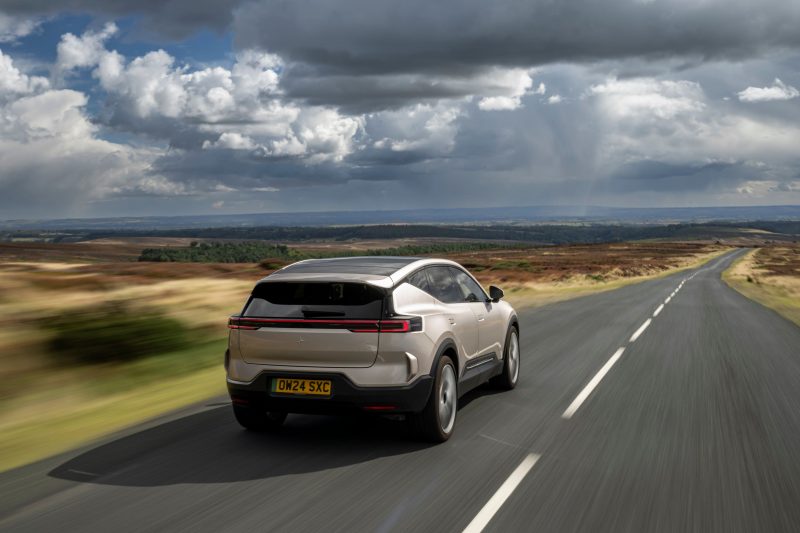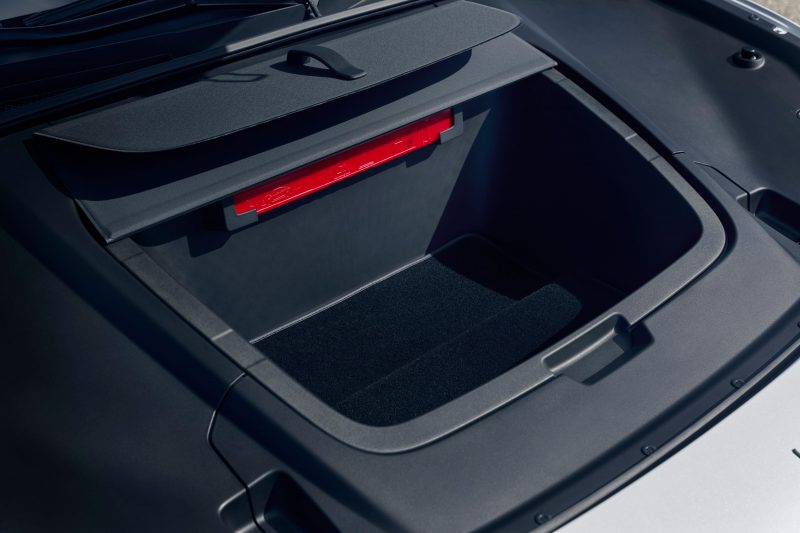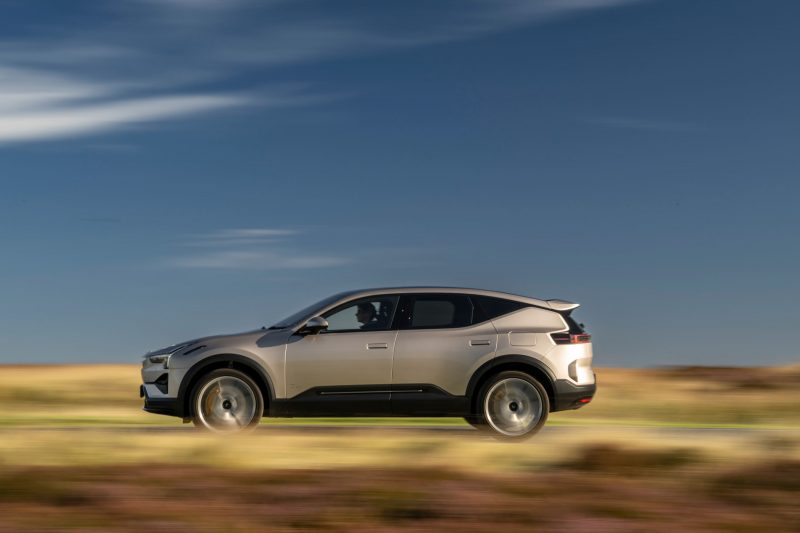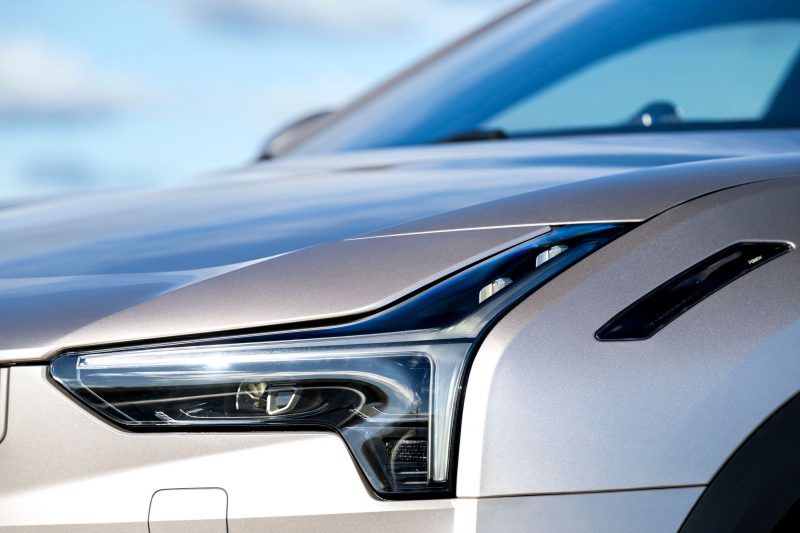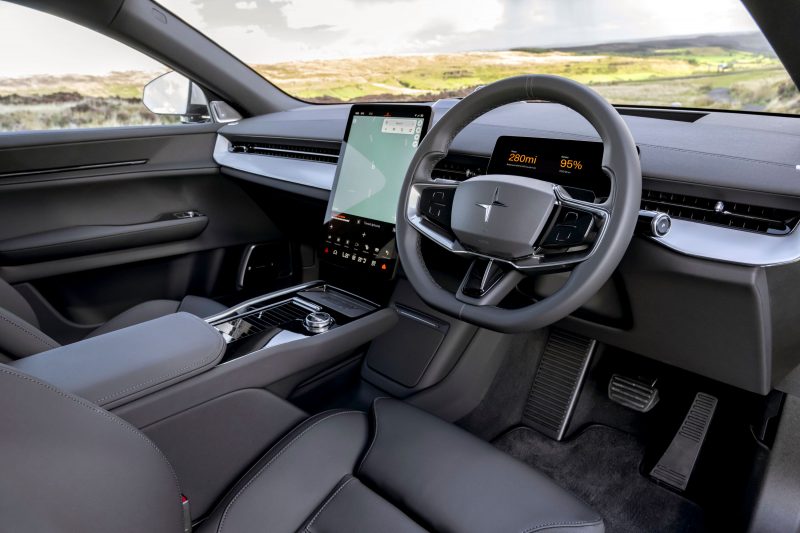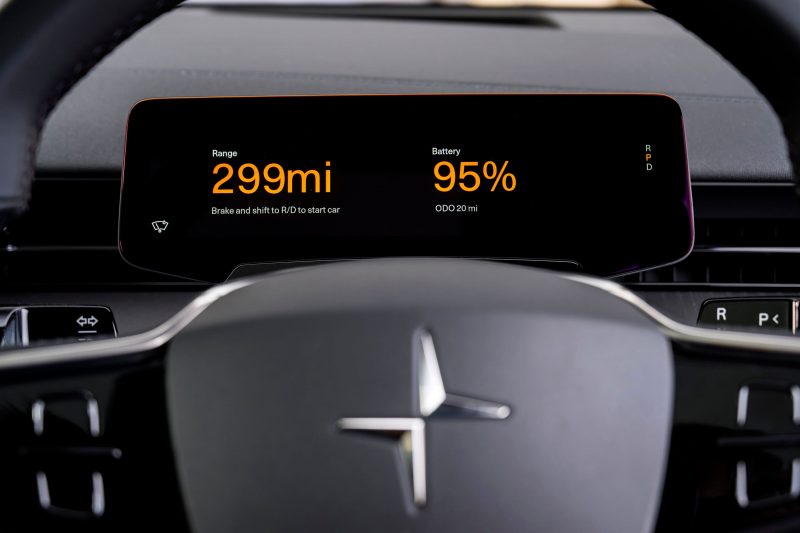Vauxhall has added electric power to its range-topping Grandland, but what else has changed? Cameron Richards finds out.
What is it?
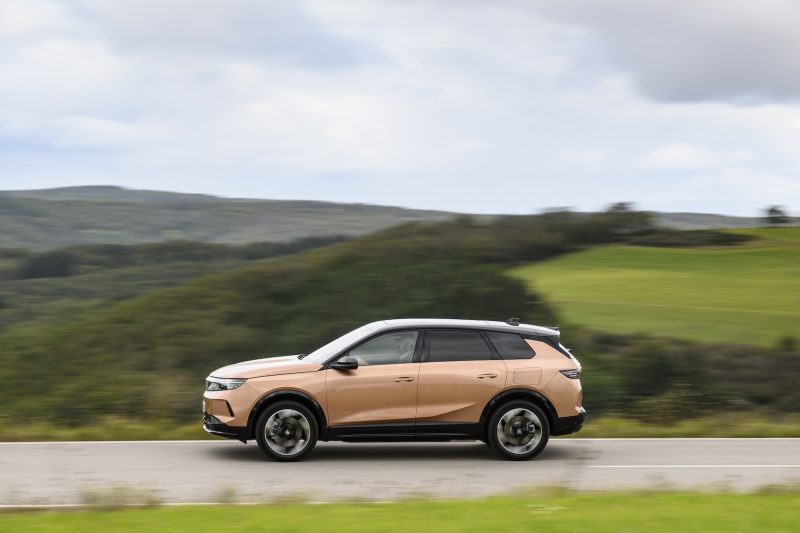
The original Grandland went on sale in 2018 and was one of the first Vauxhall models to be built after the firm’s inclusion within the wider Stellantis group.
The SUV market is positively soaring right now, so it only makes sense for the firm to introduce the next-generation car that focuses on space and efficiency.
Vauxhall, by the end of this year, will offer an electric and hybrid version of every model in its range – and this latest SUV completes the set.
What’s new?
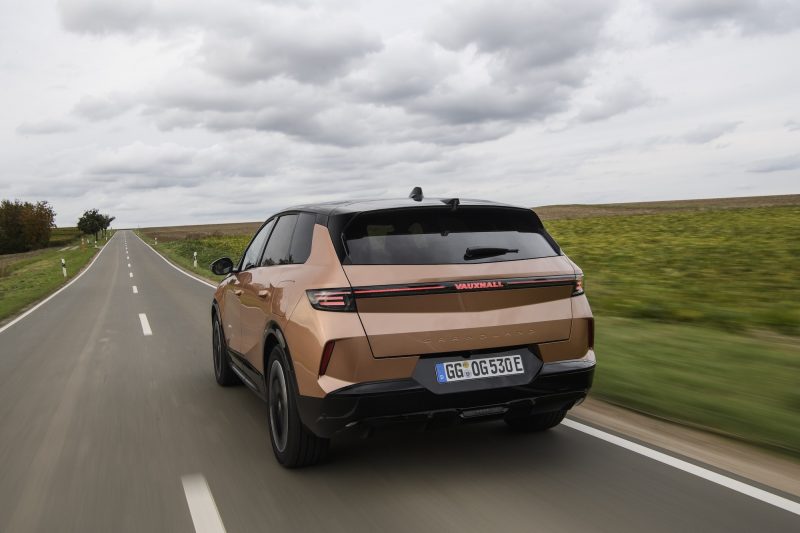
As it’s a Stellantis product, it comes as no surprise that the new Grandland sits on the same STLA Medium platform as the Peugeot E-3008 and E-5008. But there are exterior and interior changes to differentiate the three with this large Vauxhall benefitting from the brand’s latest design language while more interior and luggage space comes included too.
Furthermore, there will be an additional electric drivetrain coming at a later date which should promise one of the best in-class for driving on a single charge.
What’s under the bonnet?
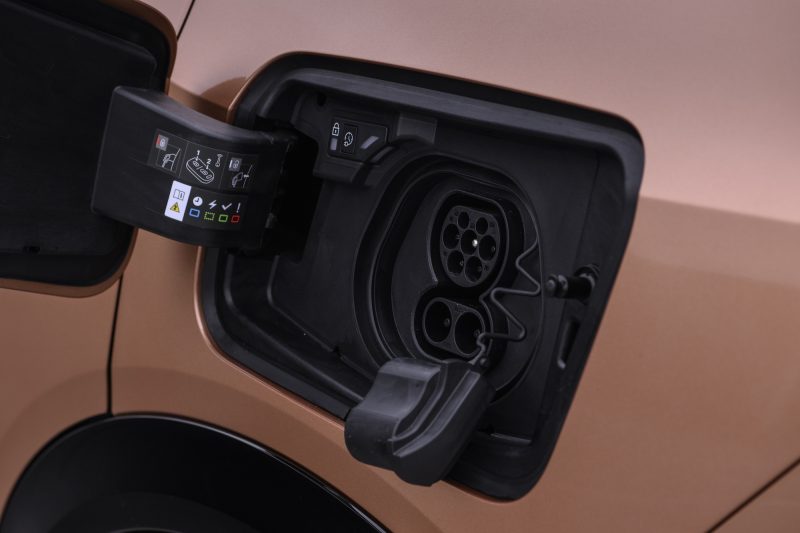
There will be a choice of electric and hybrid powertrains. From launch, the electric version comes fitted with a 73kWh battery pack and electric motor that produces 213bhp and will do a claimed 325 miles on a single charge – it’s the one we’re driving in this report. Later down the line, there will be a Long range 97kWh battery pack version that the Vauxhall claims can do up to 435 miles between trips to the plug. Both models are compatible with 160kW DC rapid charging taking 26 minutes to go from 0 to 80 per cent charged, too.
At the other end, there will be an efficient hybrid version that comes fitted with a 1.2-litre three-cylinder turbocharged engine mated to an electric motor that produces a total of 166bhp and 230Nm of torque. The power will be sent to a new six-speed dual-clutch transmission and acceleration stands at 0-60mph in 10 seconds.
What’s it like to drive?
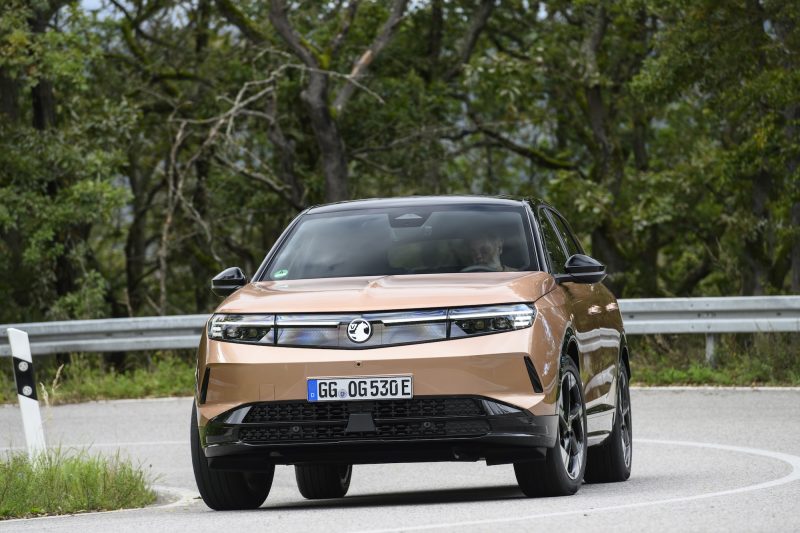
Unfortunately, the driving experience is rather plain and is very similar to Peugeot’s E-3008 and E-5008. This is no surprise, given that all the cars use the firm’s STLA Medium platform, but the steering is vague and uncommunicative and the powertrain is rather sluggish and not very quick off the mark for an electric car. We also had a go with the hybrid version which comes with a 1.2-litre three-cylinder petrol engine that is mated to an electric motor and although the powertrain gives the car a little more character, it’s still not exactly the most scintillating drive – but that’s not what this car is about, though combustion-engined rivals such as the Hyundai Tucson and Ford Kuga drive a lot better.
However, despite its lack of driver engagement, what the Grandland does well is make driving around very effortless with a decent ride, despite our test car’s 20-inch alloy wheels, and it’s very quiet at speeds with lots of sound insulation. Furthermore, driving in town is surprisingly stress-free due to its excellent turning circle and visibility which is aided even further by the 360-degree monitor and rear-view camera.
How does it look?
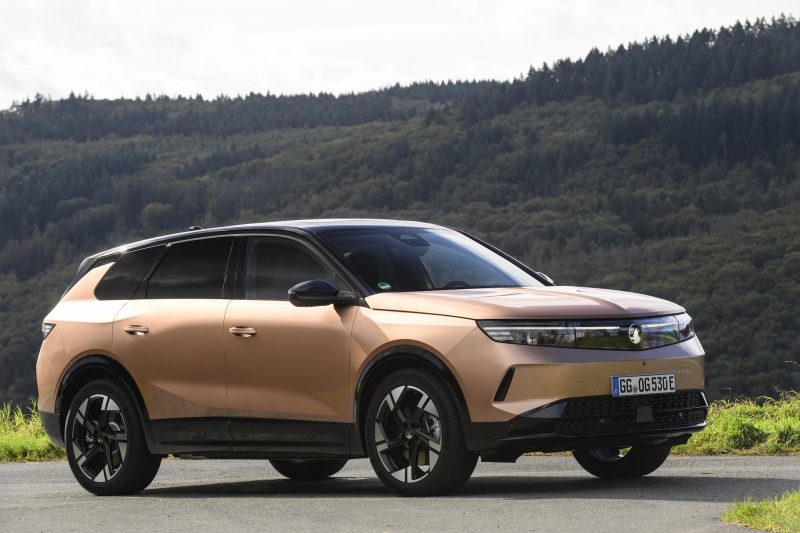
Given that it’s a large car, the Grandland has similar proportions to its French cousins. It still maintains a tall back end and slab-sided stance, while at the front there is the firm’s illuminated logo and 3D vizor that runs the full width of the front giving a real presence when on the road.
Down the side profile, there are some hints of Peugeot with the hidden door weatherstrips and a two-tone paint scheme. Plus, the badges at the back now feature model-specific lettering as well.
Also, electric versions have extended wheel arches and larger 20-inch alloy wheels, which differentiates it from its more conventional hybrid model.
What’s it like inside?
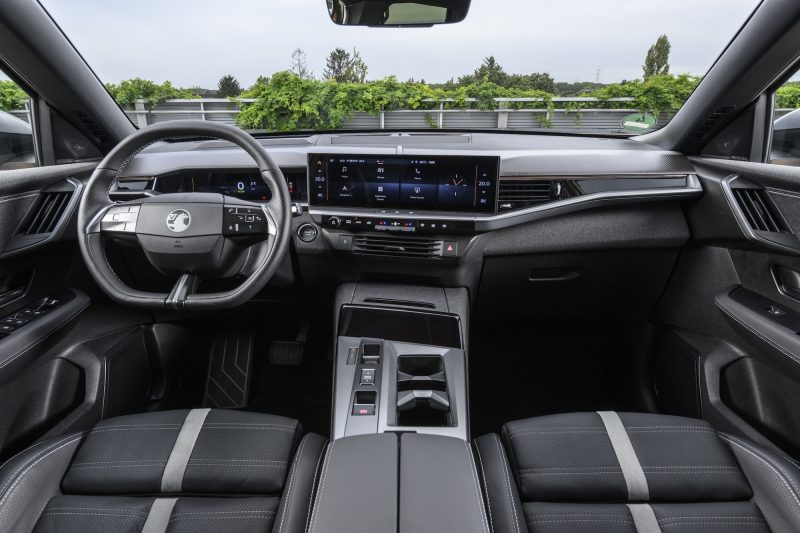
The new Grandland has stepped up its game when it comes to interior quality and design. Our test car is the Ultimate trim, bringing a 16-inch infotainment touchscreen as standard as well as the firm’s new ‘Pixel Box’ – which is a transparent and illuminated compartment to store your mobile phone when it’s on charge.
There is also a nice array of soft-touch materials and cloth-effect areas which are found on the door cards and on the tops of the dashboard. The only letdown is the fake carbon fibre trim pieces above the glovebox which feel flimsy and very cheap.
Deep door bins and a variety of different centre console cup holders also make the cabin very practical, too. The seats are also rather supportive and very comfortable and our test car also gets a massage function as well.
Step in the back, and there is vast amounts of space for occupants – no matter how big or small. There is lots of knee, head and leg room and a decent shoulder area, too. Boot space is bigger than it was before with an extra 36 litres of space taking the cargo capacity to 550 litres with the seats in place, or that triples to 1,645 litres when the rear seats are folded down. Not as commodious as some of its rivals, but still more than capable of coping with a larger family’s needs.
What’s the spec like?
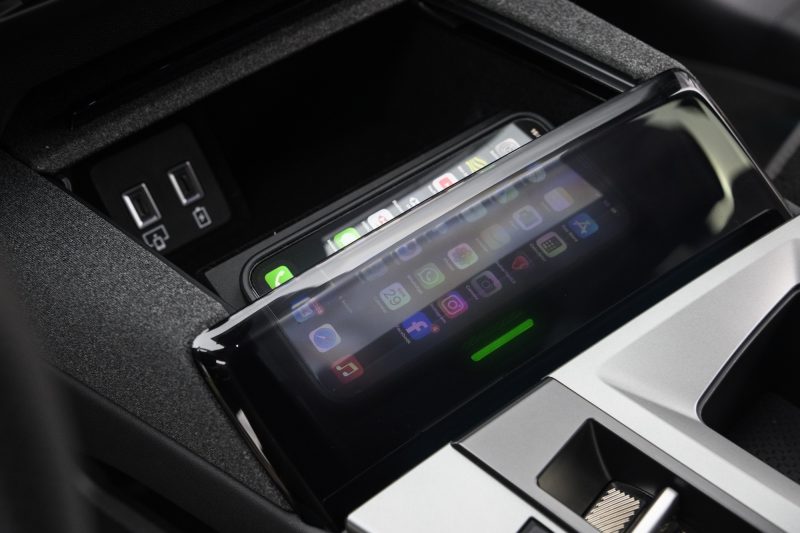
Simplicity is what Vauxhall wants for its customers and that’s why the new Grandland is available with just three trim levels – Design, GS and Ultimate.
Prices start at £34,700 for the Design hybrid which features equipment such as a 10-inch touchscreen with Apple CarPlay and Android Auto, LED headlights and tail lights and adaptive cruise control.
Move up the range and the Ultimate in electric guise – which is what we’re driving comes – and at £45,195 boasts extras such as a heated windscreen, a panoramic glass roof and a powered tailgate making it better value for money than its Stellantis counterparts.
Verdict
This new model of Vauxhall’s flagship SUV is a vast improvement over the outgoing car. Not only does it look better and have more gadgets, but it offers a hybrid or electric drivetrain, helping to keep those running costs down.
However, it’s still expensive with every electric model over £40,000 and the driving experience is rather bland. However, if you take into account its practical nature and stylish interior with its clever Pixel Box, the Grandland will still fit into a lot of families’ lives very well.
Facts at a glance
- Model as tested: Vauxhall Grandland Ultimate 73kWh
- Price as tested: £45,195
- Engine: 73kWh battery pack
- Power: 213bhp
- Torque: 345Nm
- 0-60mph: 8.8 seconds
- Top speed: 106mph
- MPG: N/A
- CO2 emissions: N/A
- Electric range: 318 miles
- Charging speed: 160kW
By Cameron Richards

